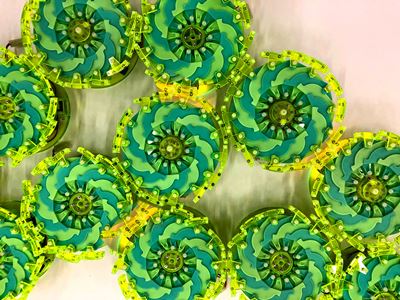This MIT post ‘“Particle robot” works as a cluster of simple units‘ describes a research project about very simple robots working in clusters to undertake jointly substantial tasks such as moving objects or moving about jointly.

I tend to believe that exploiting cluster behavior of relatively simple robots is probably one of the most innovative applications of robotics and that it will transform approaches focusing today on large machines. Progress of research in this field is also essential to understand the behavior of natural clusters of birds and other animals.
“Particle robots can form into many configurations and fluidly navigate around obstacles and squeeze through tight gaps. Notably, none of the particles directly communicate with or rely on one another to function, so particles can be added or subtracted without any impact on the group. In their paper, the researchers show particle robotic systems can complete tasks even when many units malfunction.”
The best feature of clusters is certainly resilience to the loss or destruction of one component while still be able to continue the mission. In civilian and military applications, clusters will certainly develop to address dangerous situations where resilience is paramount.
Robot clusters will certainly be a common feature in a decade from now, and it is essential to keep up with this interesting development.
